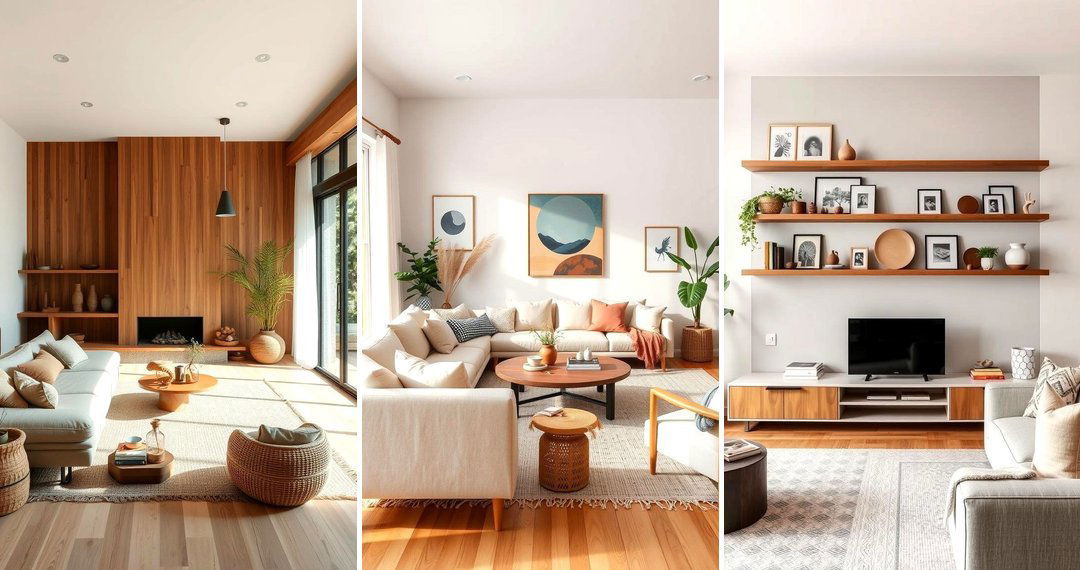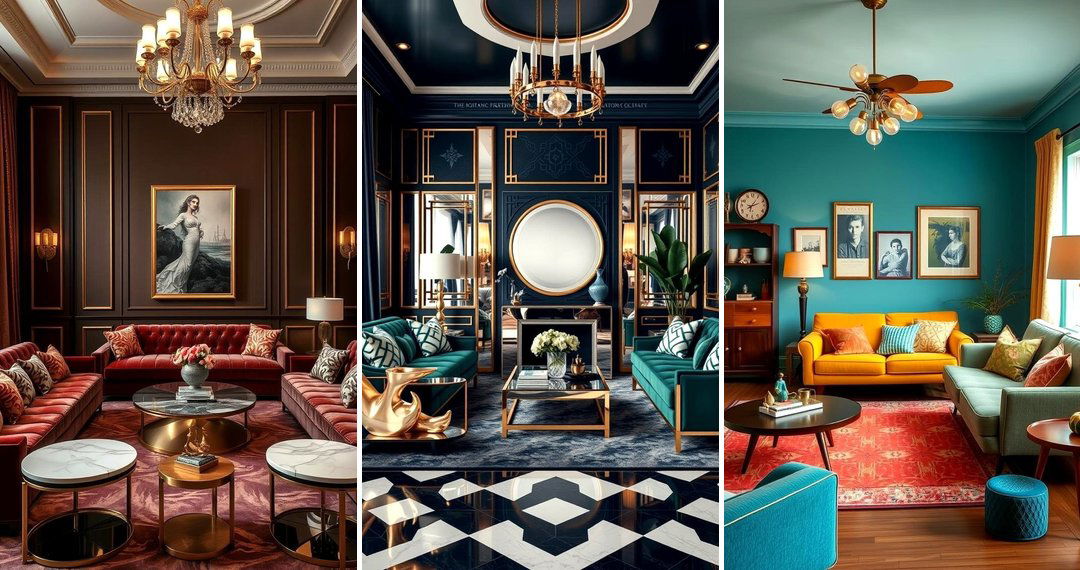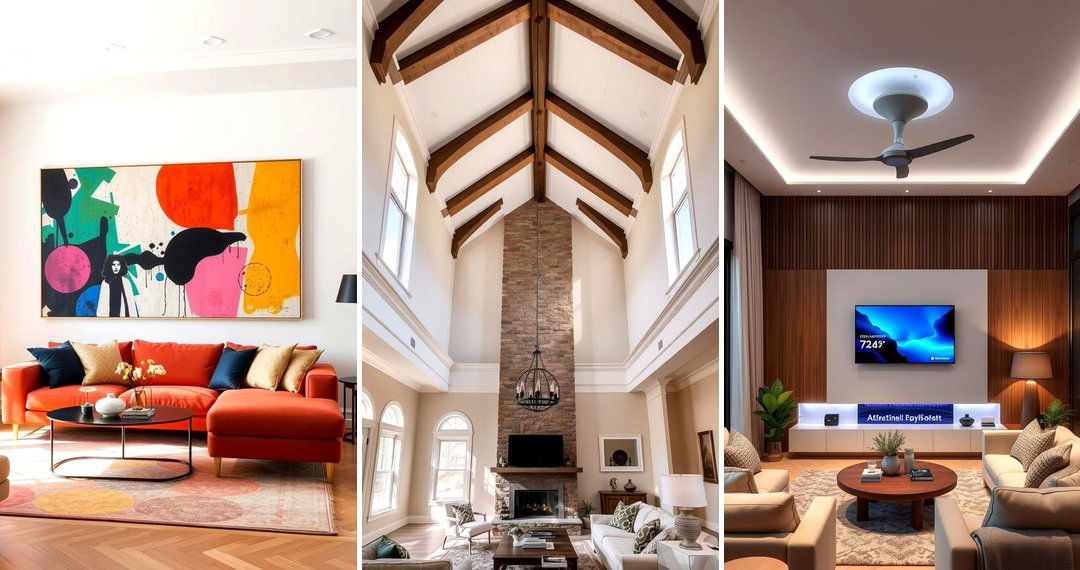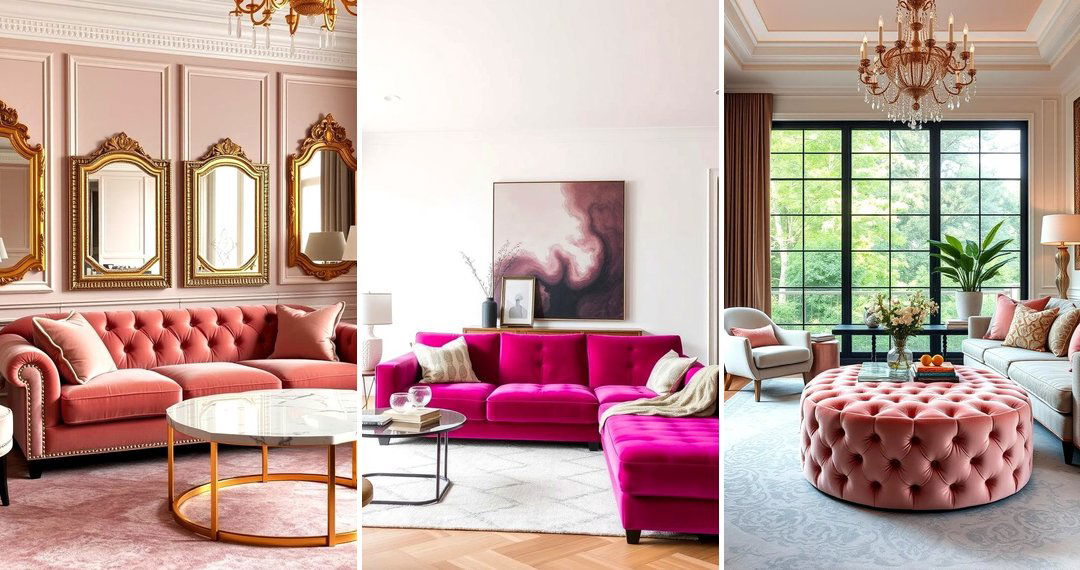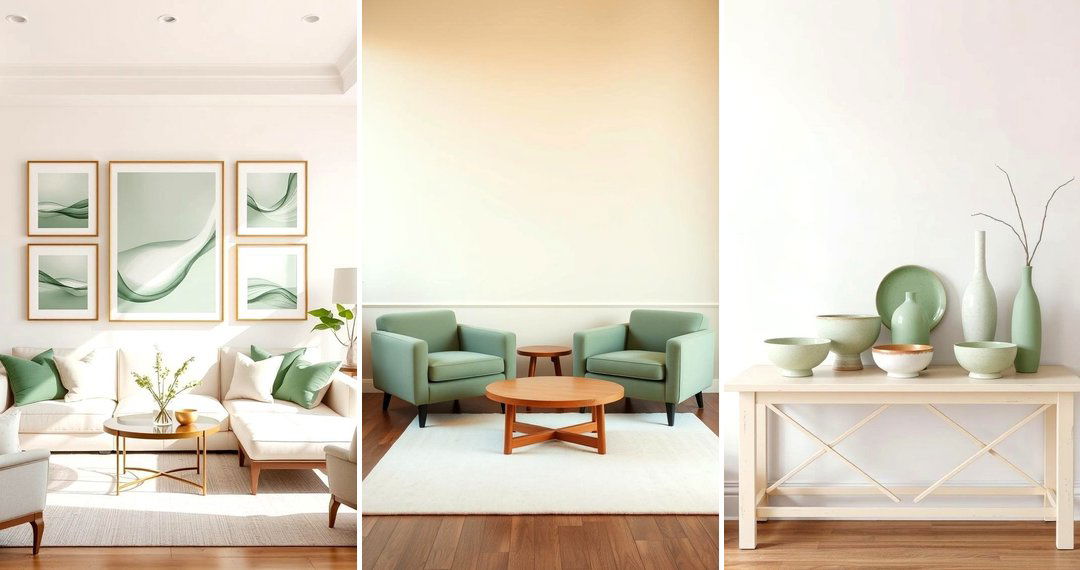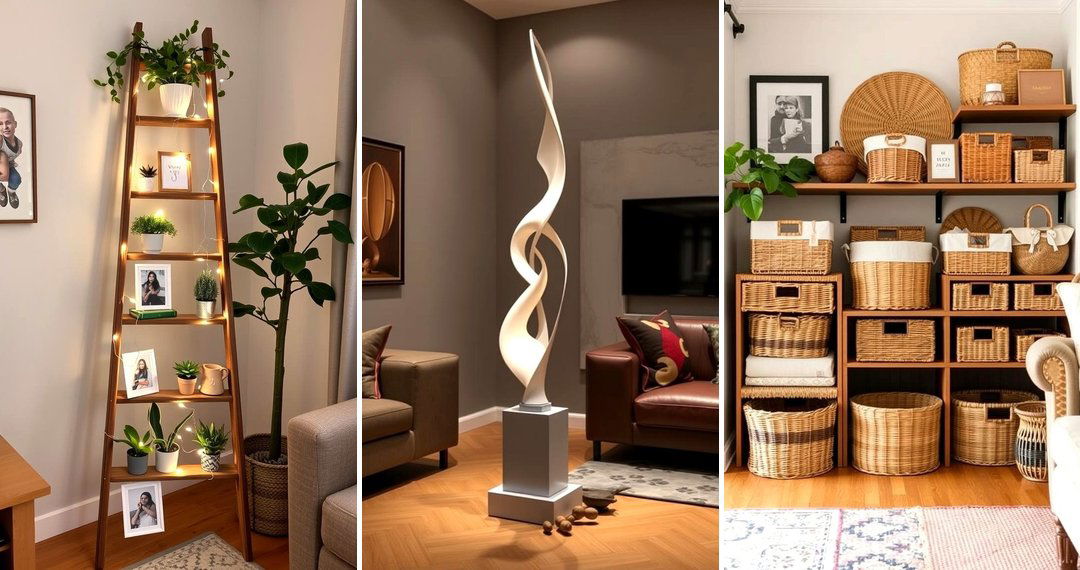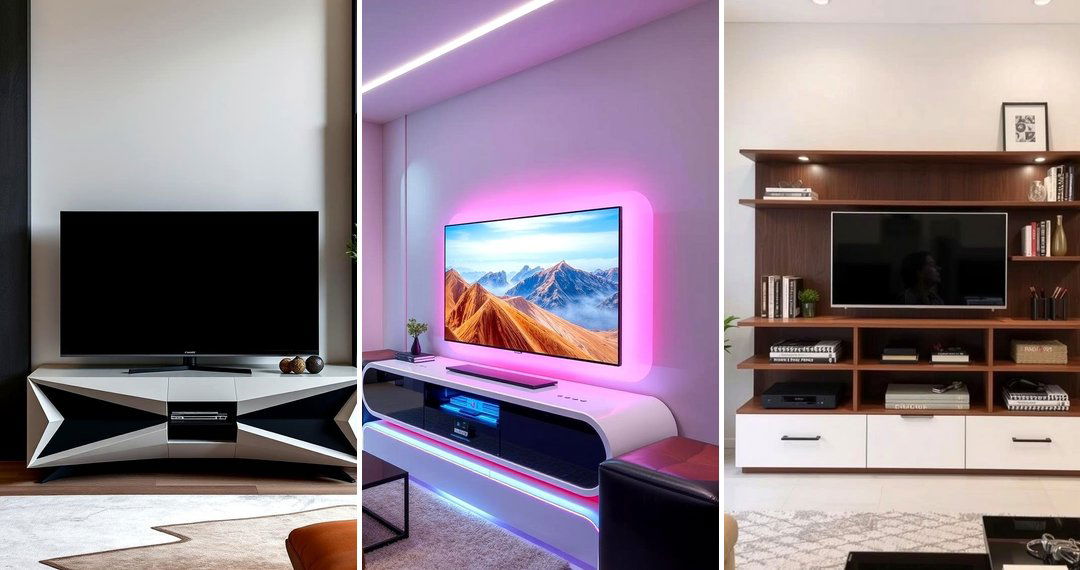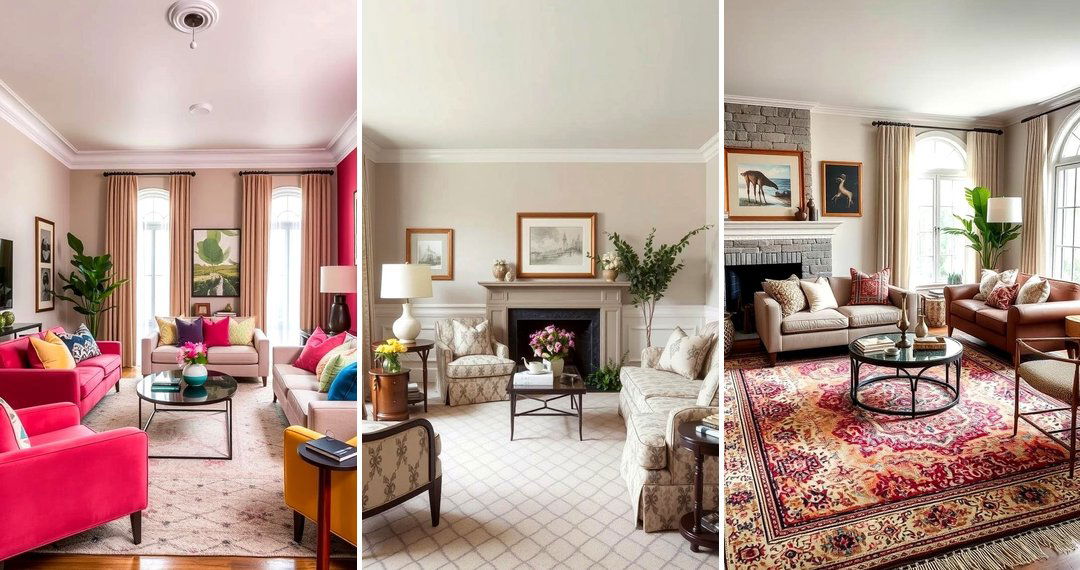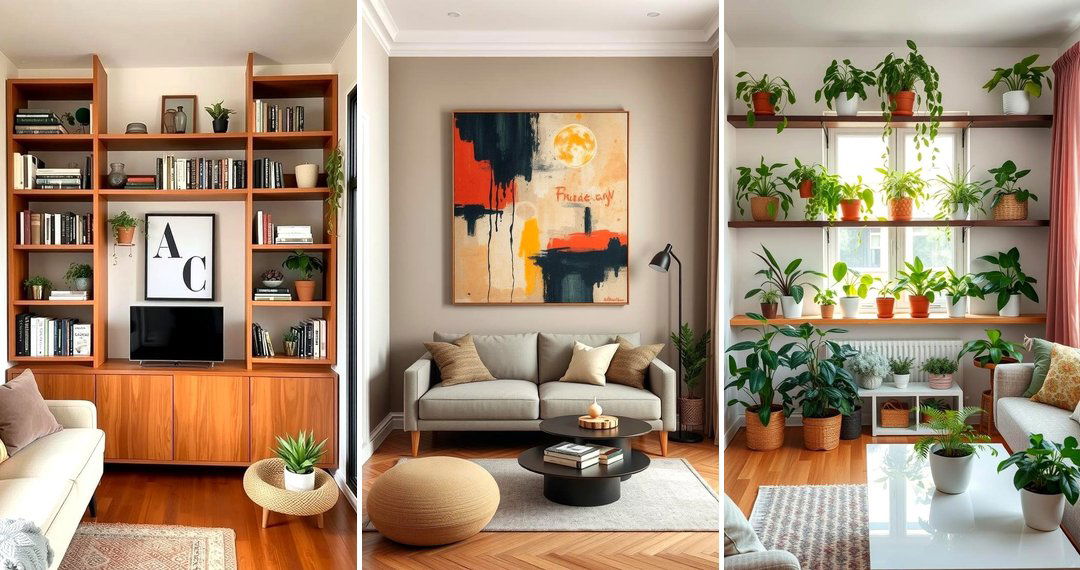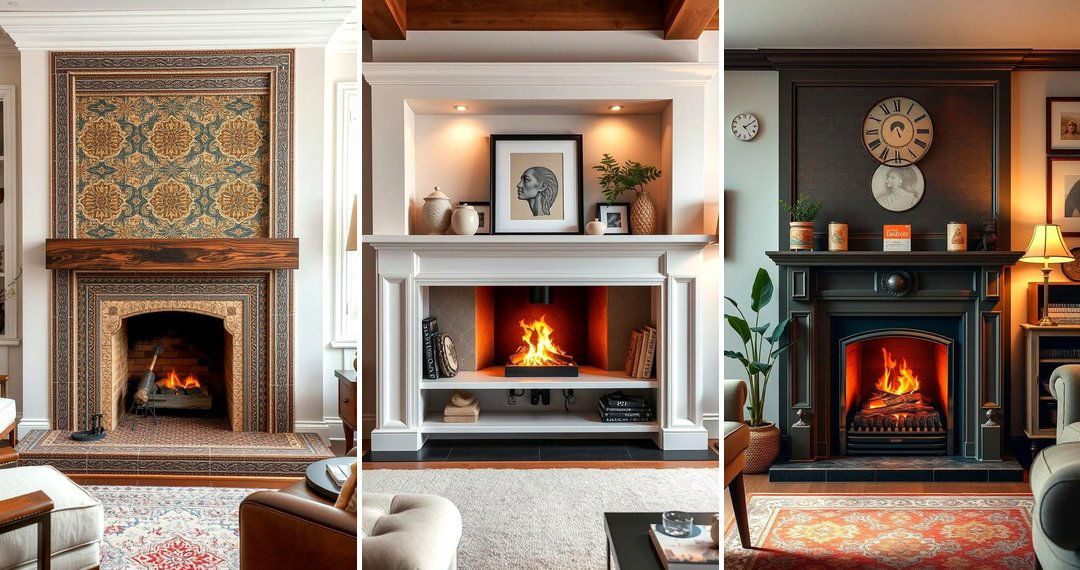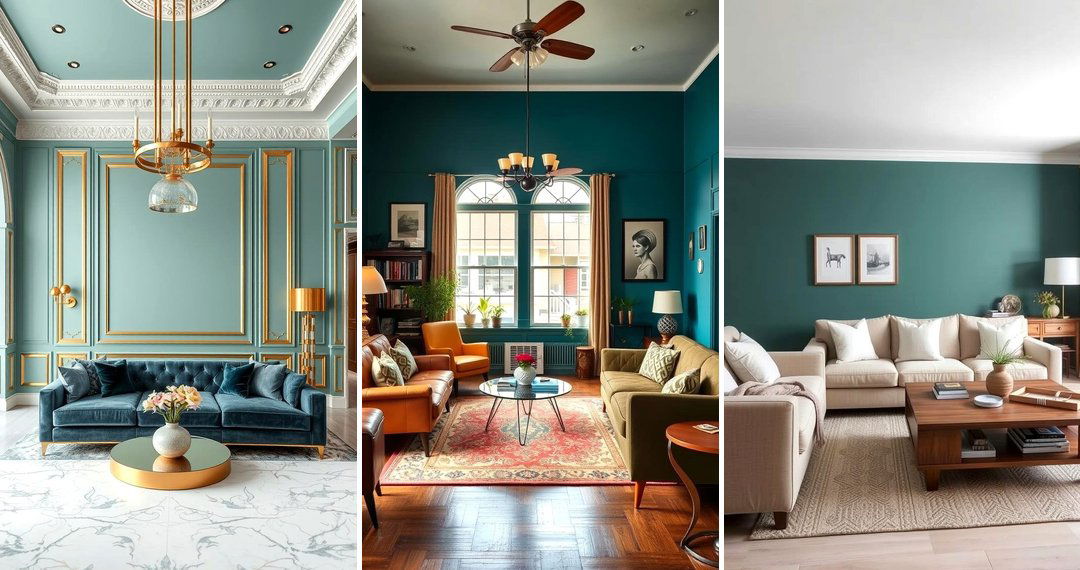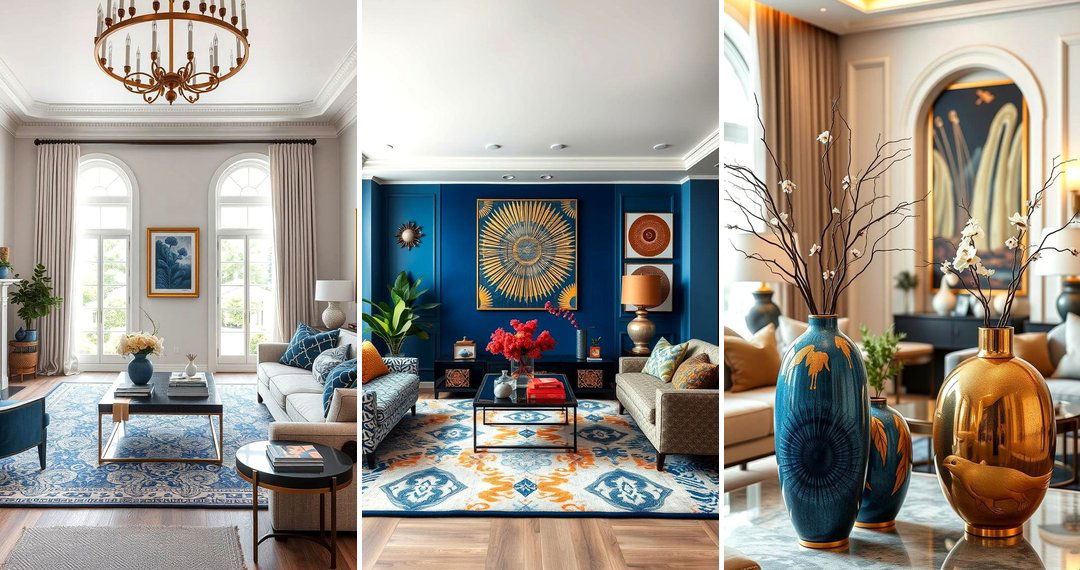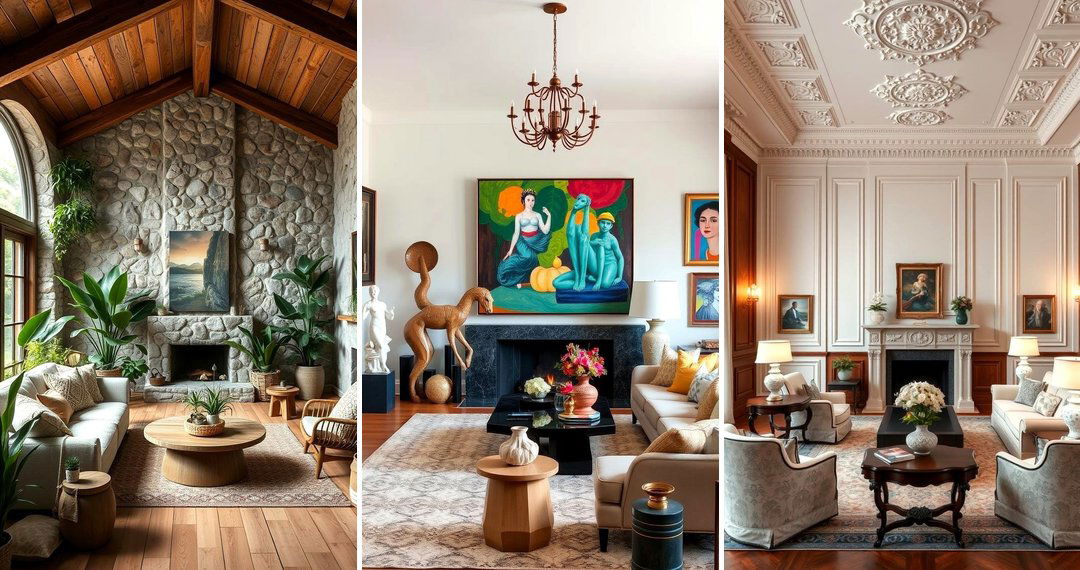Minimalist living rooms emphasize simplicity and functionality, offering a serene and uncluttered environment. By focusing on clean lines, neutral colors, and thoughtful design, a minimalist living room can serve as a peaceful sanctuary. It helps to reduce distractions, creating a space where every element has a purpose. Whether you're looking to refresh your space or transform it into a calm retreat, there are many minimalist living room ideas that can work wonders. These ideas cater to various tastes and needs, ensuring that minimalist living is both stylish and practical. Read on to explore how you can achieve a minimalist living room that suits your lifestyle.
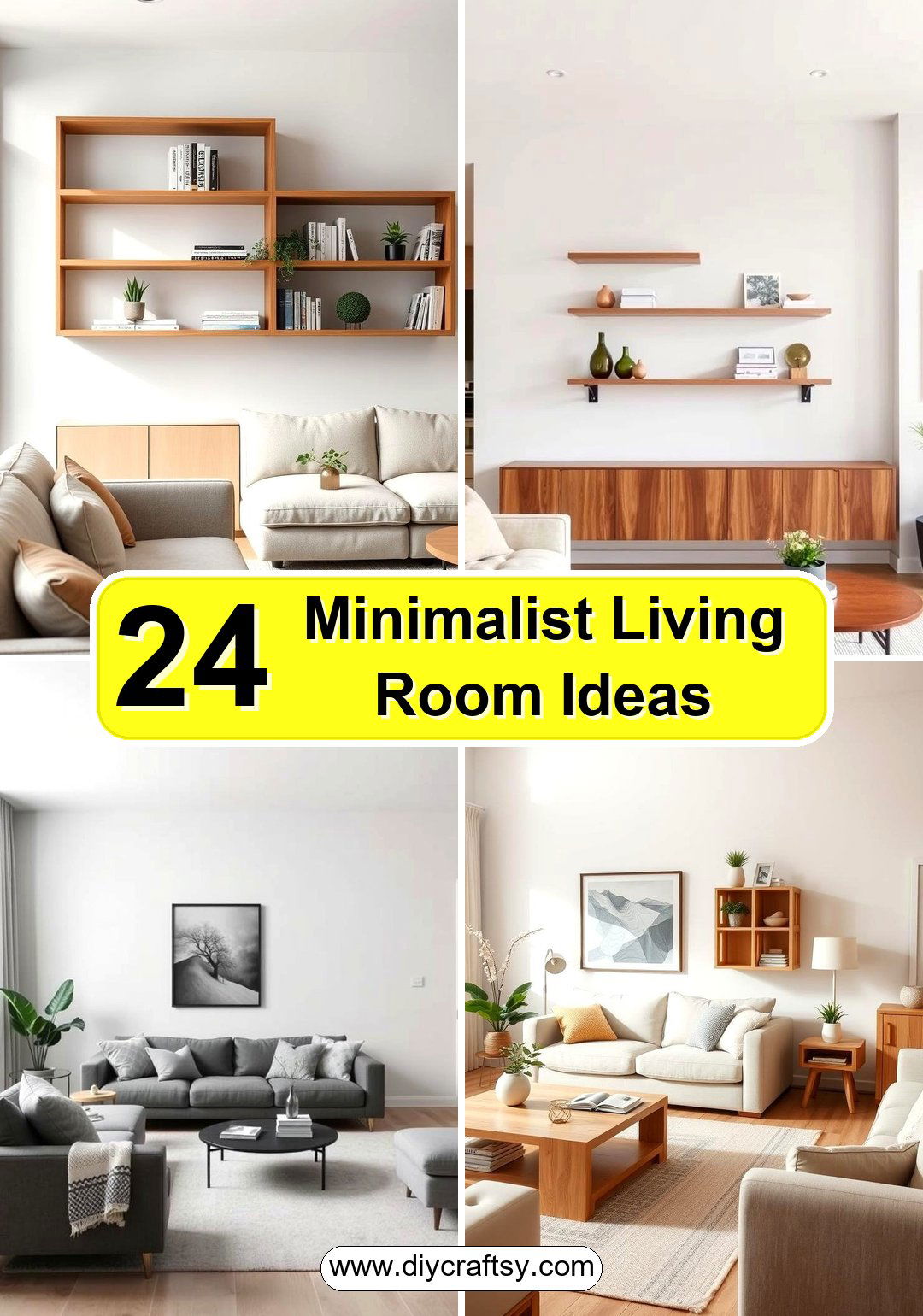
1. Neutral Tones for a Soothing Ambience
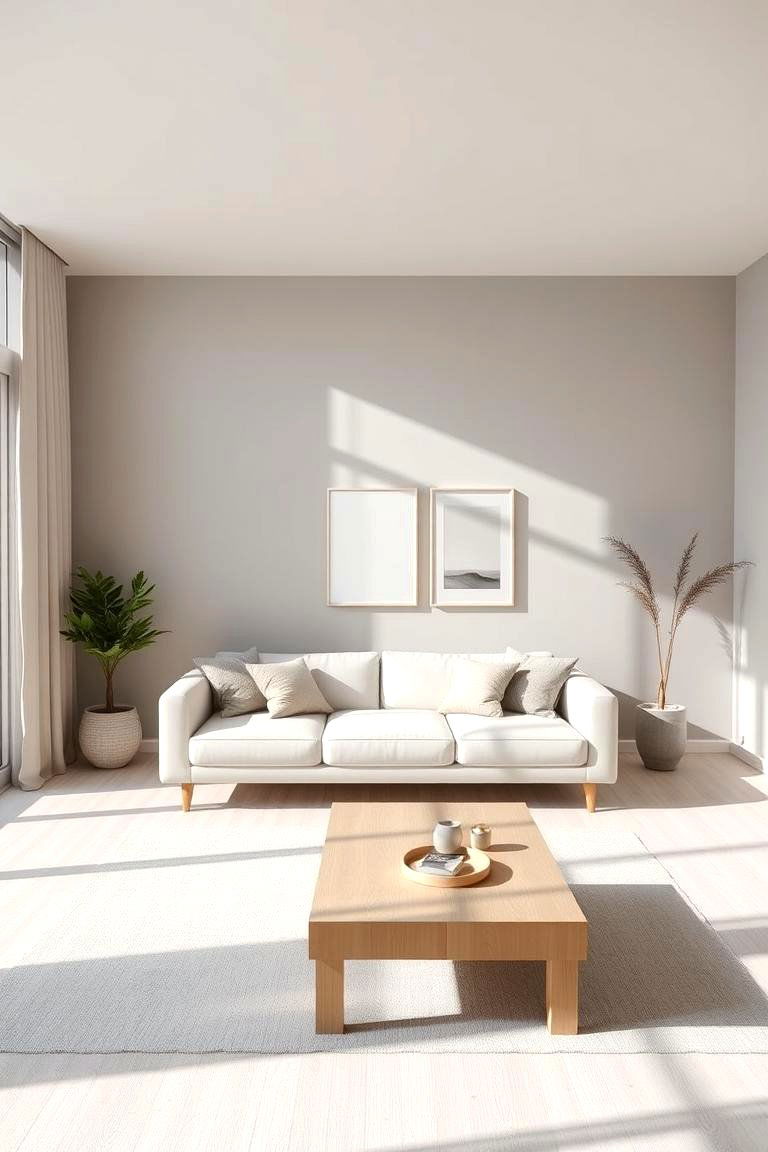
Start with neutral tones to create a calming atmosphere. Colors like soft whites, greys, and beiges bring a sense of tranquility to the room, making it feel spacious and airy. These tones allow for flexibility in decor and are easy to complement with other elements like natural wood or minimalist artwork. A neutral palette also helps to create a timeless look that won’t easily go out of style, making it a versatile choice for any living room.
2. Streamlined Furniture for Clean Lines
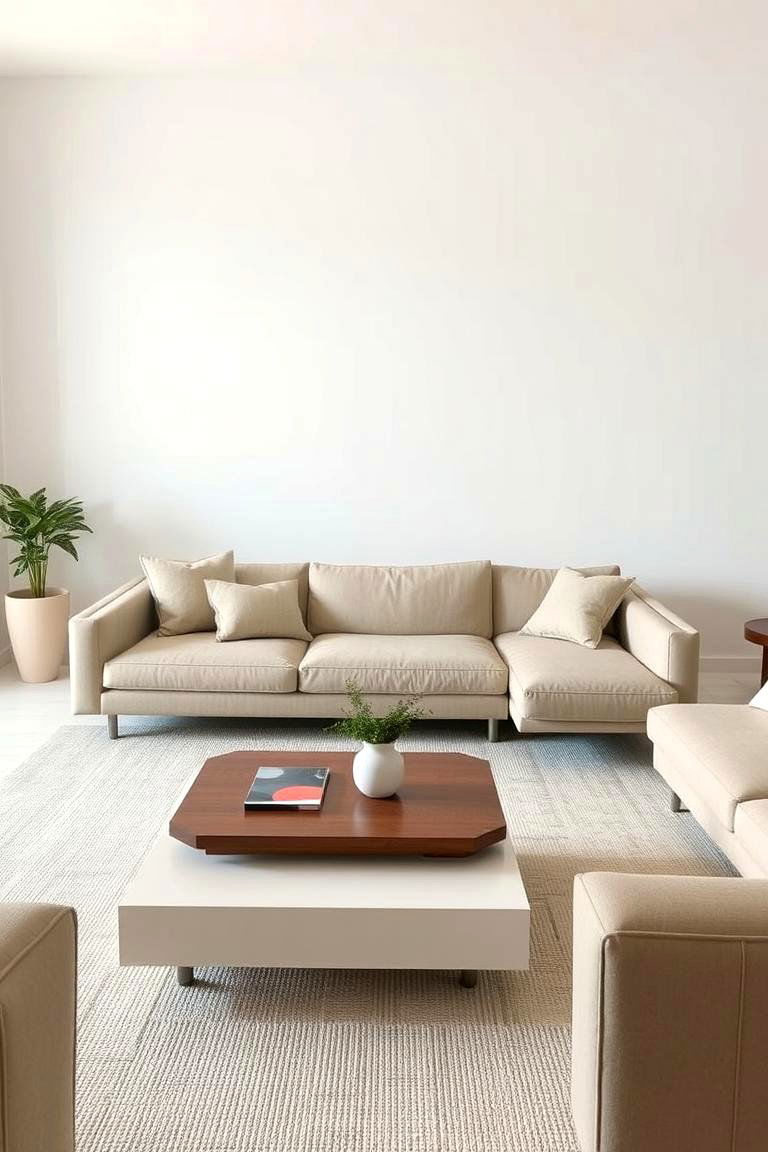
To achieve a minimalist look, choose furniture with clean lines and simple shapes. A sleek, modern sofa with minimal cushions can create a strong visual impact while keeping the space uncluttered. Avoid ornate or overly decorative pieces and instead focus on functional, streamlined furniture that serves a clear purpose. This approach will not only make the room appear more spacious but also give it a more refined, modern aesthetic.
3. Light Wood Accents for a Warm, Natural Feel
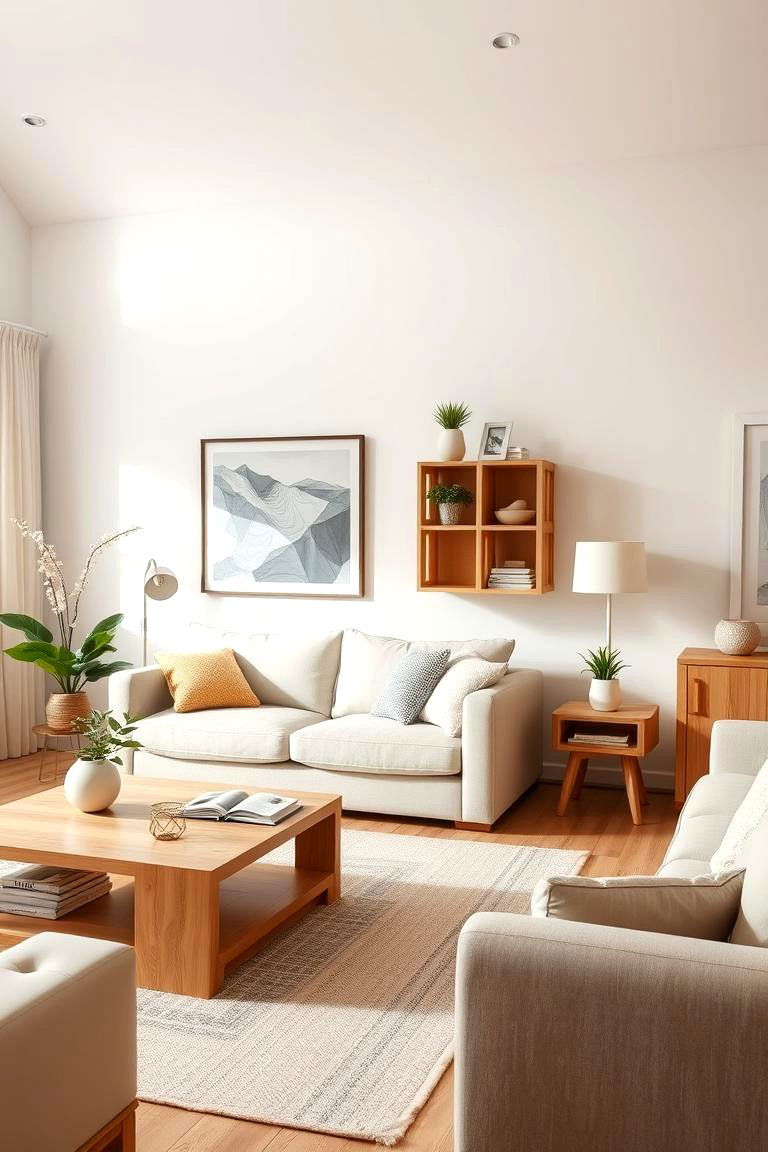
Incorporating light wood elements into your living room adds warmth and texture while maintaining a minimalist vibe. Wooden coffee tables, side tables, or shelving units in light finishes create a natural balance in the room. These pieces complement neutral tones, making the space feel grounded and inviting. The subtle beauty of wood provides a sense of nature that enhances the room's overall tranquility.
4. Minimalist Art Pieces as Statement Decor
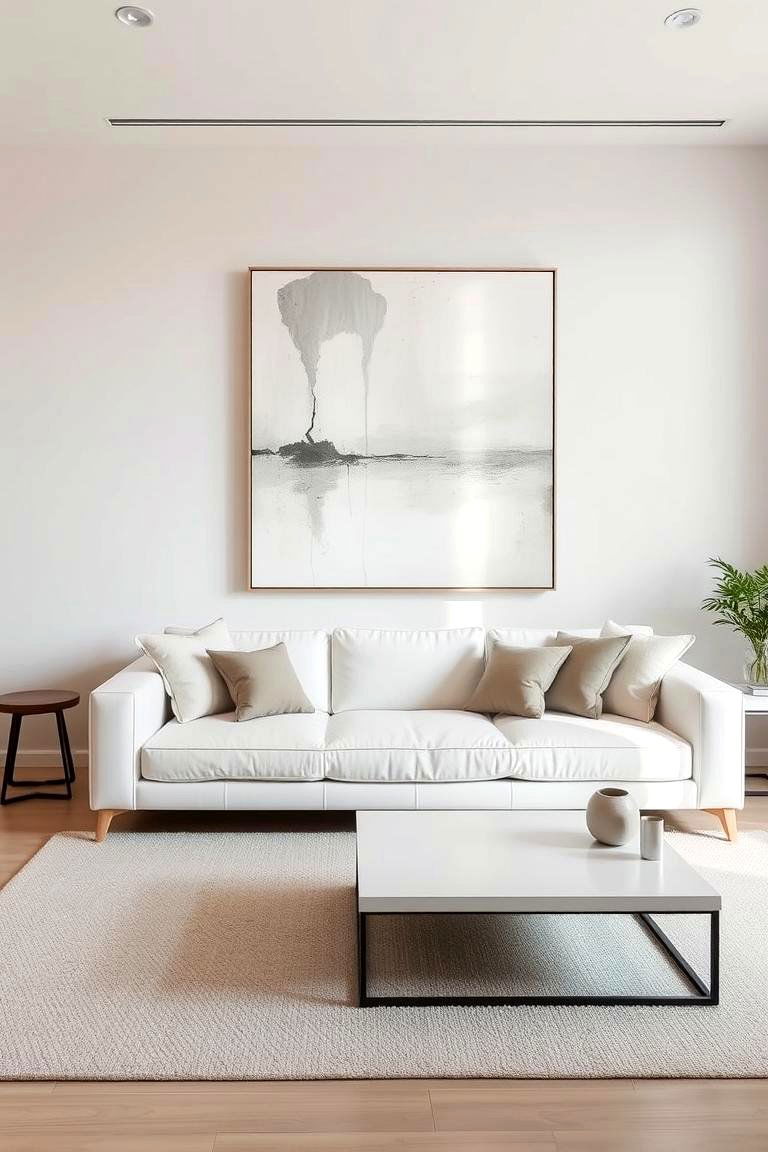
Choose minimalist art pieces that add personality to your living room without overwhelming the space. A large abstract painting or a simple framed print can serve as a focal point, bringing an artistic flair while keeping the overall design clean. When selecting artwork, aim for pieces that align with the room's color scheme and evoke a sense of calm. This approach allows you to express your style subtly while sticking to the minimalist aesthetic.
5. Open Shelving for Functional Display
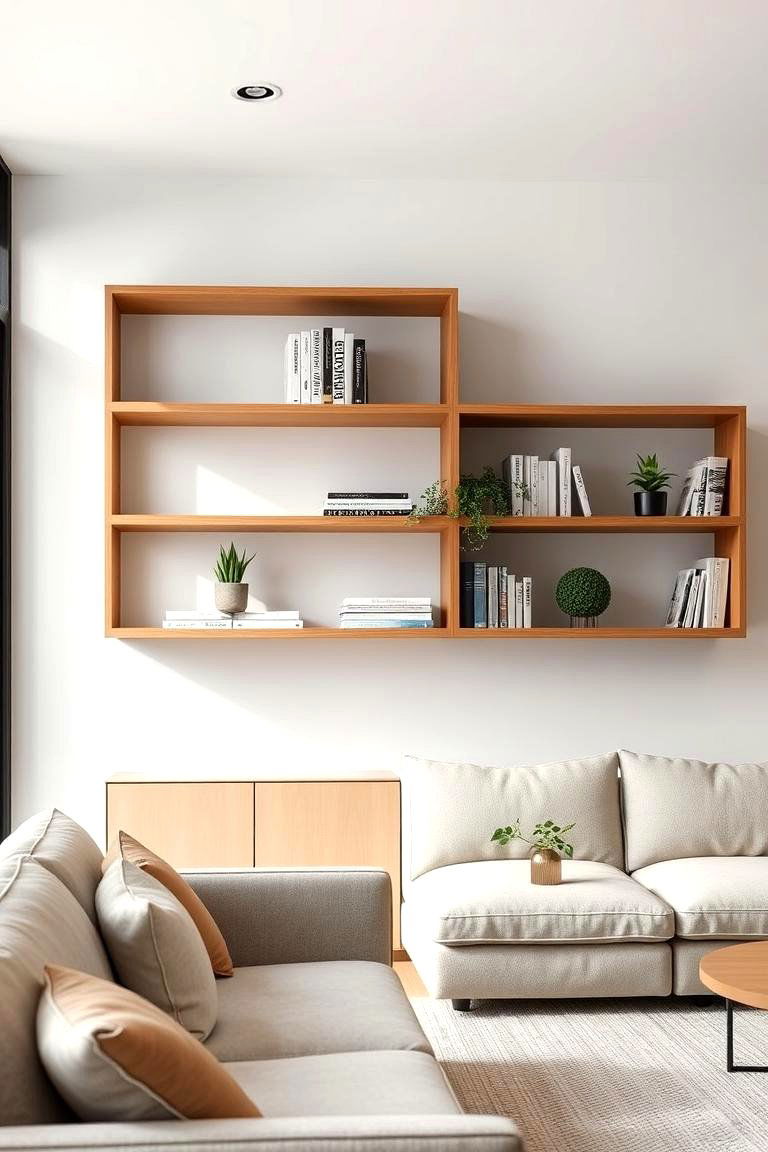
Open shelving offers both style and practicality in a minimalist living room. Instead of cluttering shelves with numerous decorative items, choose a few carefully curated pieces to display. Opt for simple, functional items such as books, plants, or minimalistic sculptures. This will not only keep the space feeling open and organized but also provide an opportunity to show off your personal style in a restrained manner.
6. Large Windows to Maximize Natural Light
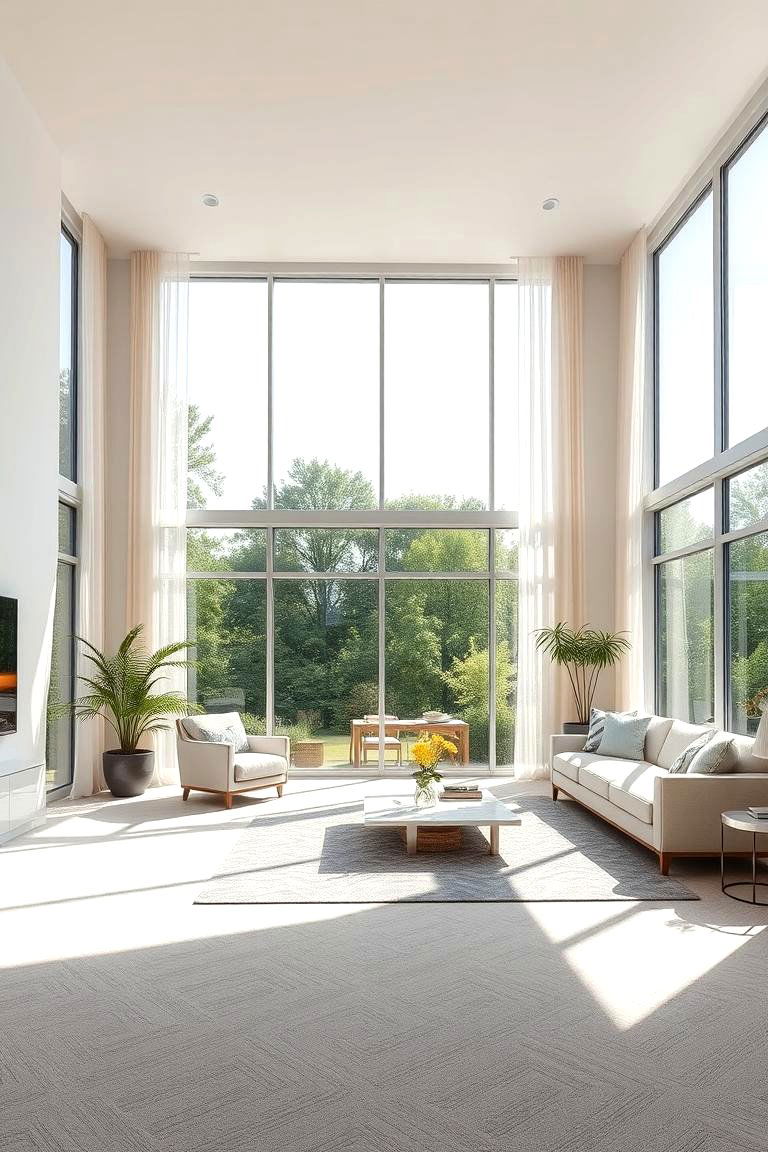
Maximizing natural light is a key principle in minimalist design. Large windows allow for an abundance of sunlight to fill the room, creating an open and airy feeling. When possible, avoid heavy curtains and instead opt for sheer or light fabric window treatments. This allows light to flow freely into the space, enhancing the minimalist atmosphere and making the room feel more expansive.
7. Minimalist Lighting Fixtures for Subtle Elegance
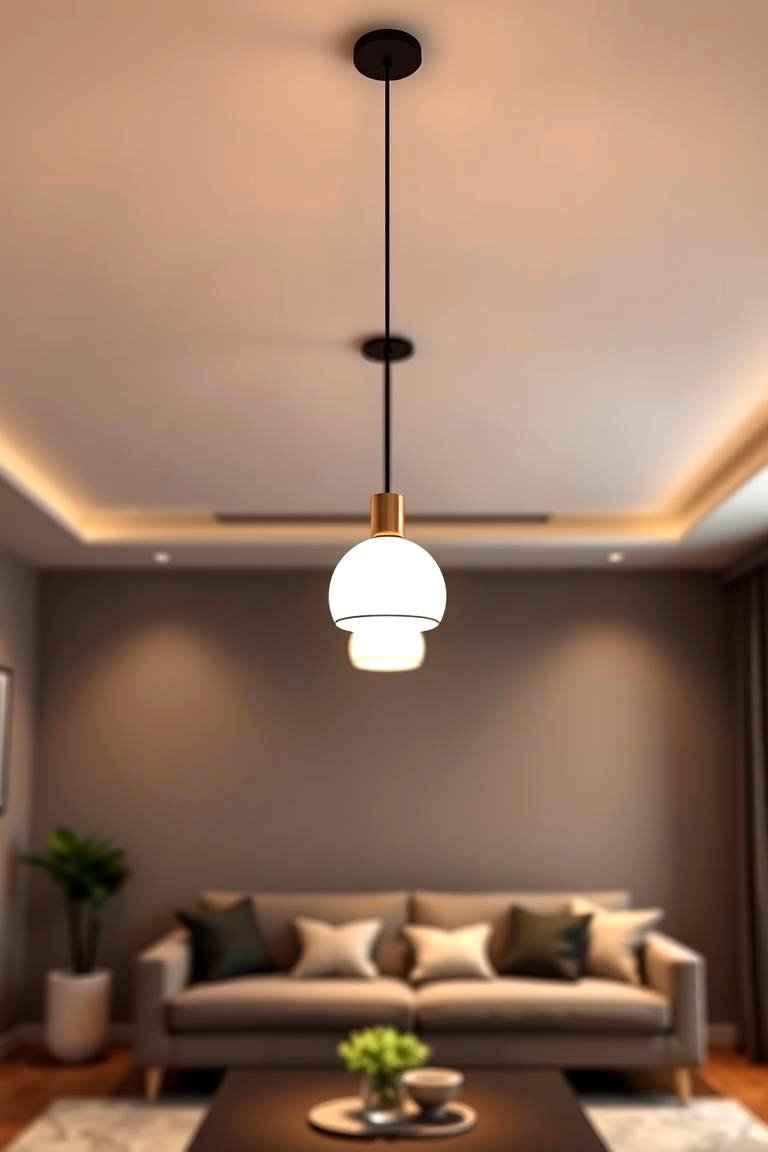
Opt for sleek, understated lighting fixtures that provide both functionality and style. A simple pendant light, recessed lighting, or track lighting can illuminate the space without drawing attention away from the minimalist design. Consider fixtures with clean lines and neutral finishes to maintain the serene ambiance of the room. The right lighting can accentuate key features of the space while maintaining the overall minimalist aesthetic.
8. Monochromatic Scheme for Unified Look
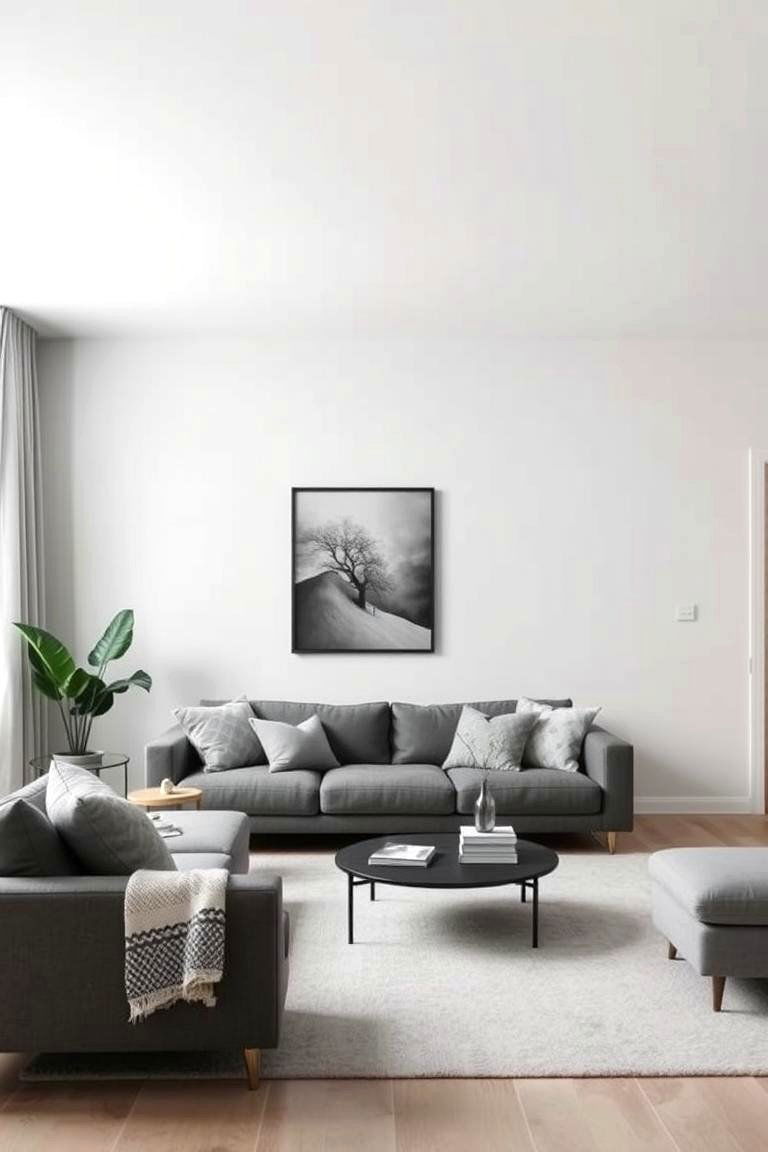
A monochromatic color scheme, using different shades of one color, creates a visually cohesive and calming effect. This approach can be particularly effective in minimalist living rooms, as it ensures a harmonious flow of colors without any visual disruptions. Experiment with different tones of your chosen color, using darker shades for the furniture and lighter shades for the walls and accessories. This subtle variation adds depth while maintaining a unified and elegant look.
9. Geometric Shapes for Modern Appeal
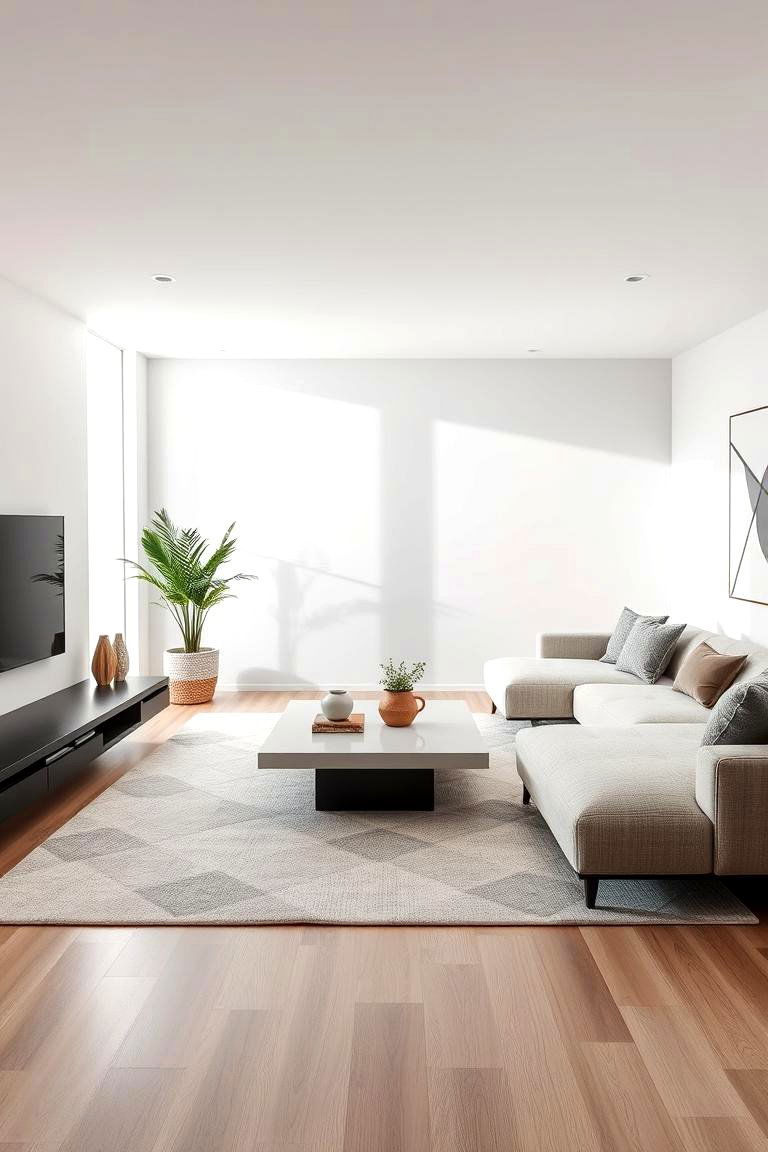
Incorporate geometric shapes into your furniture and decor to add a modern, structured element to your minimalist living room. A coffee table with clean, angular lines, or a rug with a geometric pattern can create a dynamic yet subtle visual interest. These shapes add a sense of order to the space, enhancing the minimalist vibe without overwhelming it. Geometric designs keep the space feeling fresh and modern.
10. Indoor Plants to Add Life and Freshness
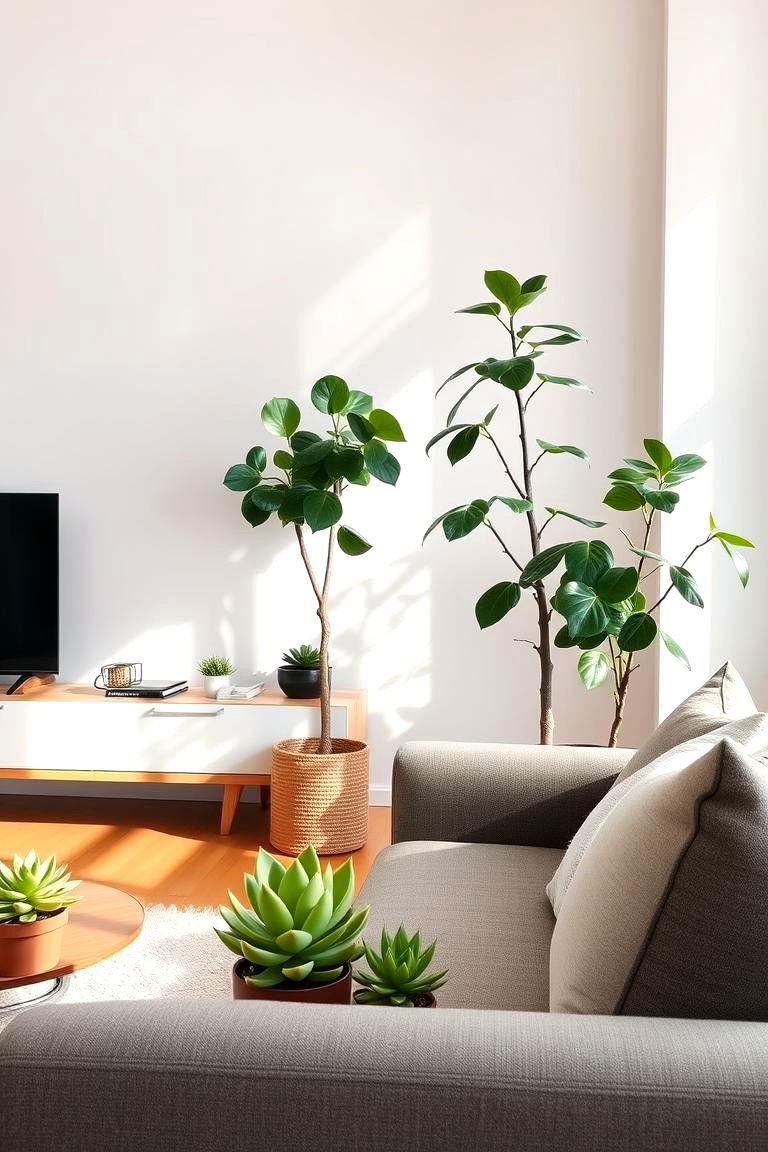
Indoor plants bring a natural element into the minimalist living room, helping to balance the simplicity of the design with a touch of greenery. Choose plants with simple, clean lines, such as succulents, snake plants, or a fiddle-leaf fig. Place them strategically around the room to add color and texture without cluttering the space. Plants not only contribute to the room’s aesthetic but also promote a healthier, more oxygen-rich environment.
11. Floating Furniture to Create the Illusion of Space
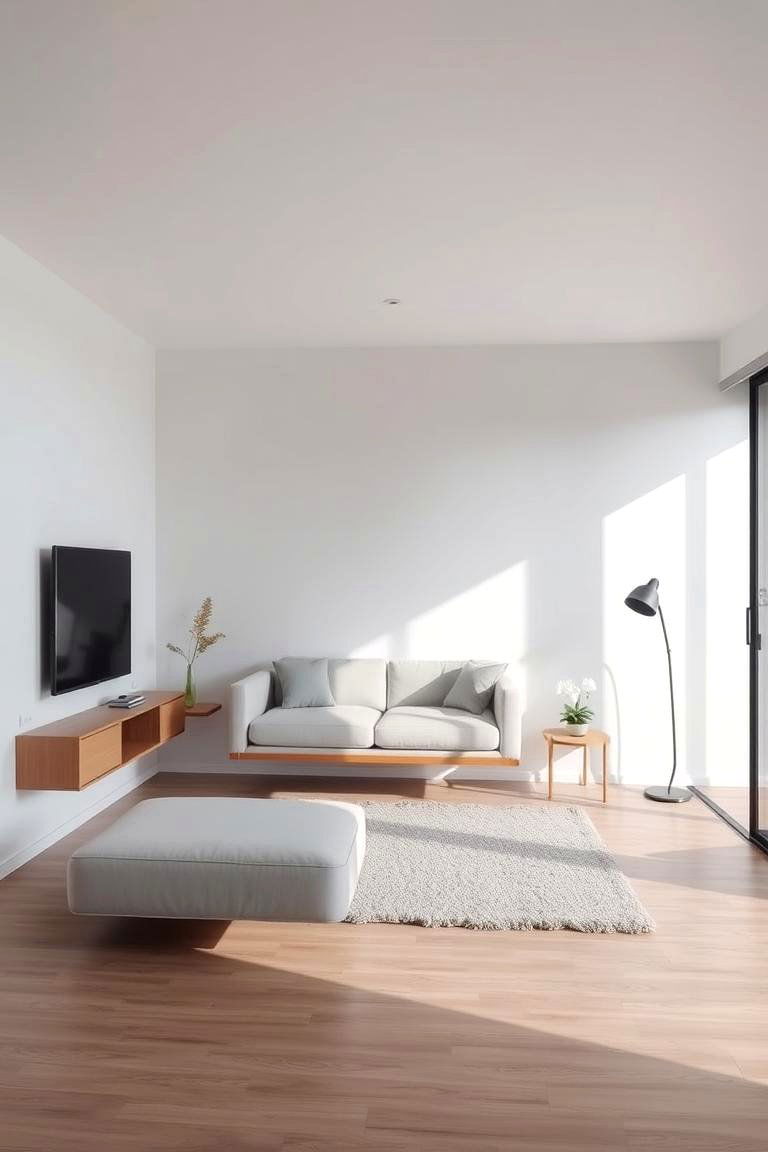
Floating furniture, such as a sofa or coffee table elevated slightly off the floor, can make a small room appear larger. This design technique adds an airy, open feel to the space while maintaining a minimalist aesthetic. The space under the furniture allows light to flow more freely, giving the room a sense of openness and enhancing its minimalist vibe.
12. Hidden Storage to Reduce Clutter
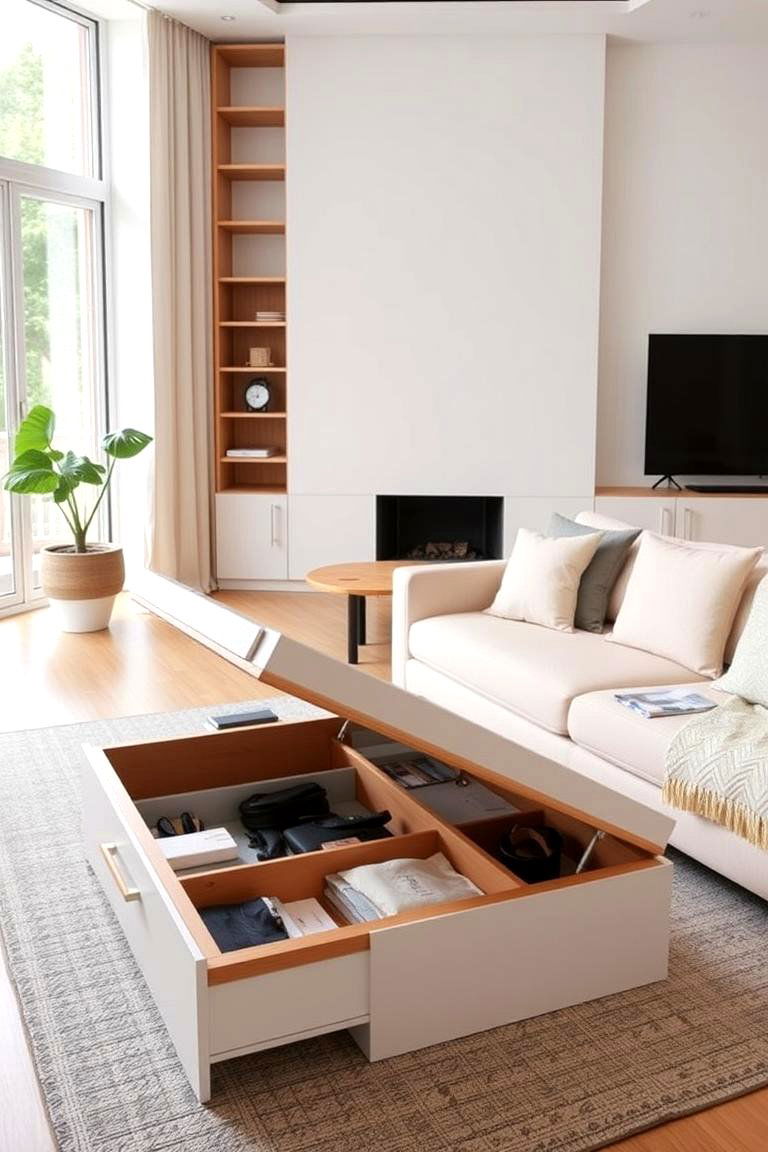
Maximize storage in a minimalist living room by opting for furniture with hidden compartments. A coffee table with storage or a sofa with built-in drawers can help you keep the space organized without sacrificing style. By reducing visible clutter, you create a cleaner, more serene atmosphere, allowing the essential elements to shine. Hidden storage allows for a minimalist design without compromising functionality.
13. Simple Area Rugs for Warmth and Texture
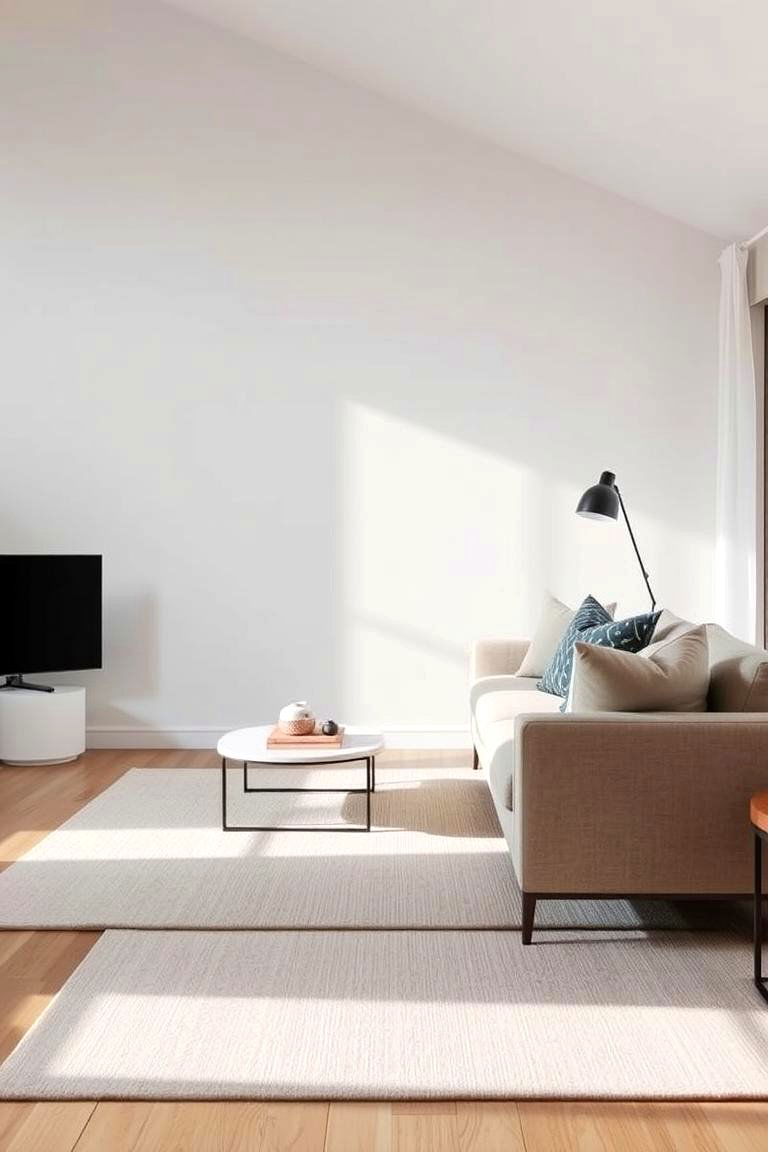
Add a simple area rug to your minimalist living room to provide warmth and texture. Opt for rugs with solid colors or simple patterns that blend seamlessly with the room's decor. The rug will ground the furniture while offering comfort underfoot. It also helps to define different areas of the room without overwhelming the space, maintaining a calm, minimalist feel.
14. Minimalist Mirrors to Enhance Light and Space
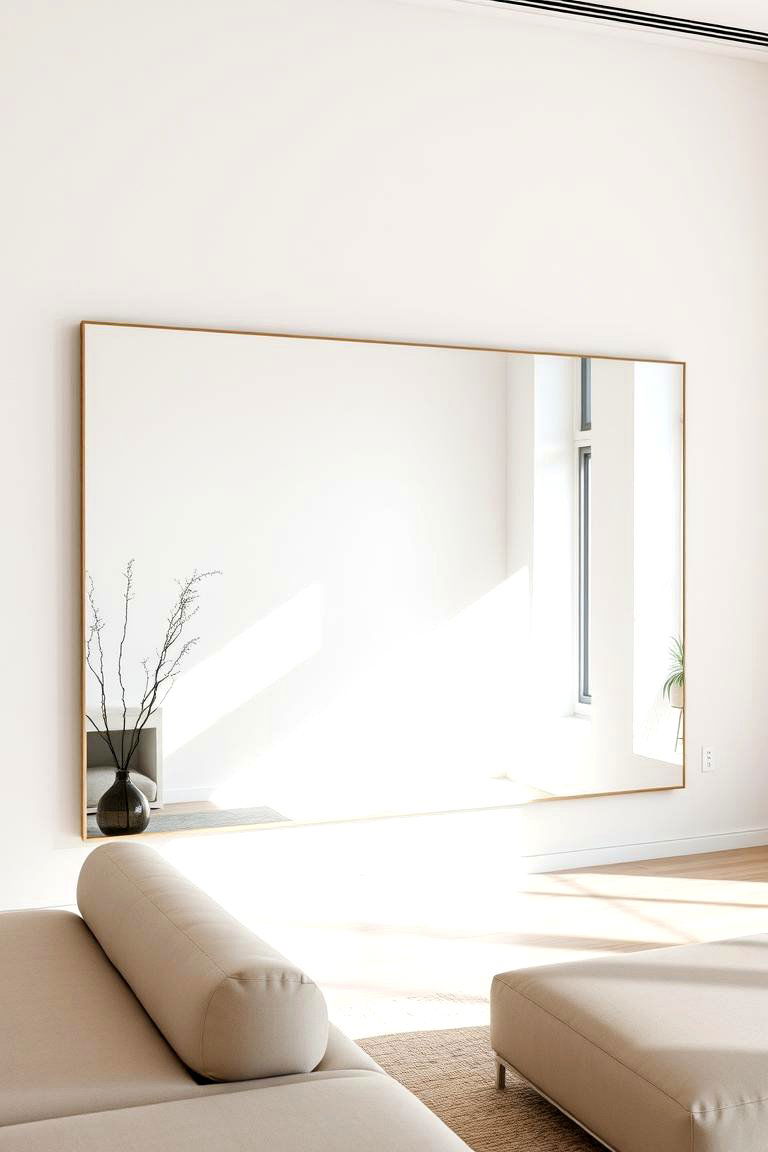
Mirrors can serve both decorative and practical purposes in a minimalist living room. A large, frameless mirror or one with a simple, geometric frame can make the space feel larger and brighter. Mirrors reflect light, creating a sense of openness and enhancing the room's minimalist design. The key is to keep the mirror design simple and unobtrusive to maintain a clean, modern look.
15. Multi-Functional Furniture for Practicality
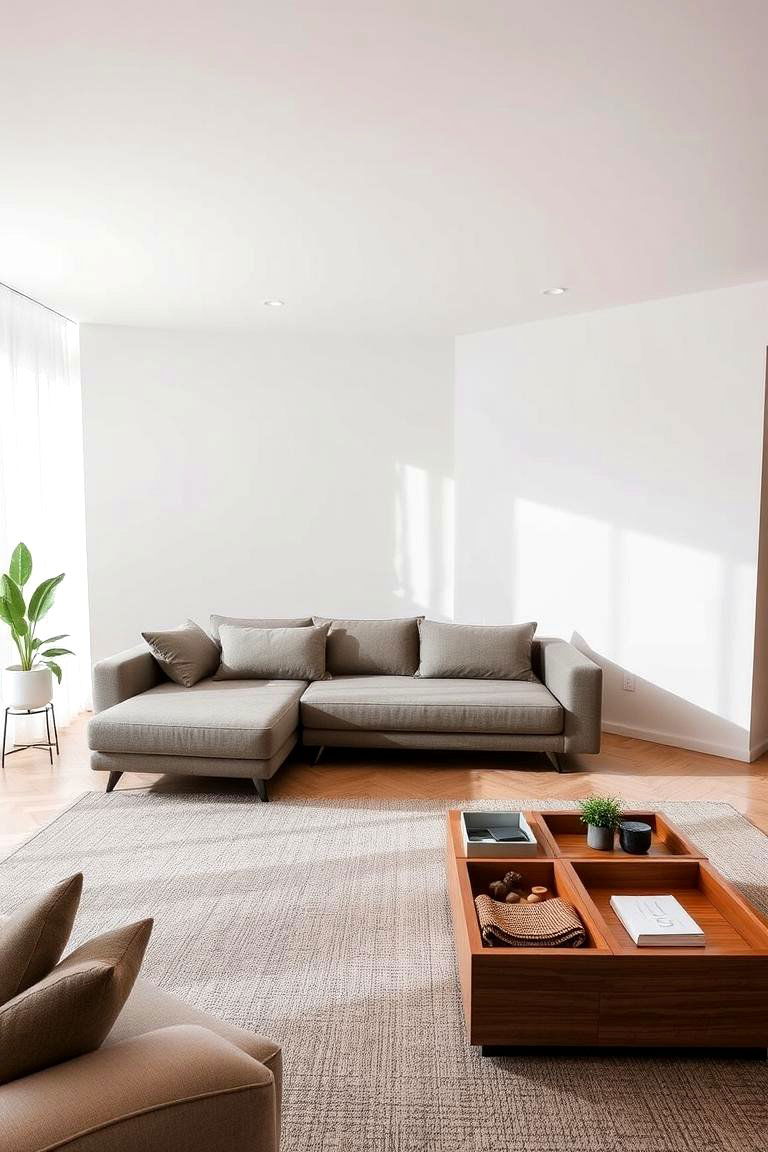
Incorporate multi-functional furniture pieces into your minimalist living room to save space while maintaining style. Consider a sofa that converts into a bed or a coffee table with storage underneath. These versatile pieces keep the room organized and functional without taking up additional space, making them ideal for smaller minimalist spaces.
16. Clean, Simple Window Treatments
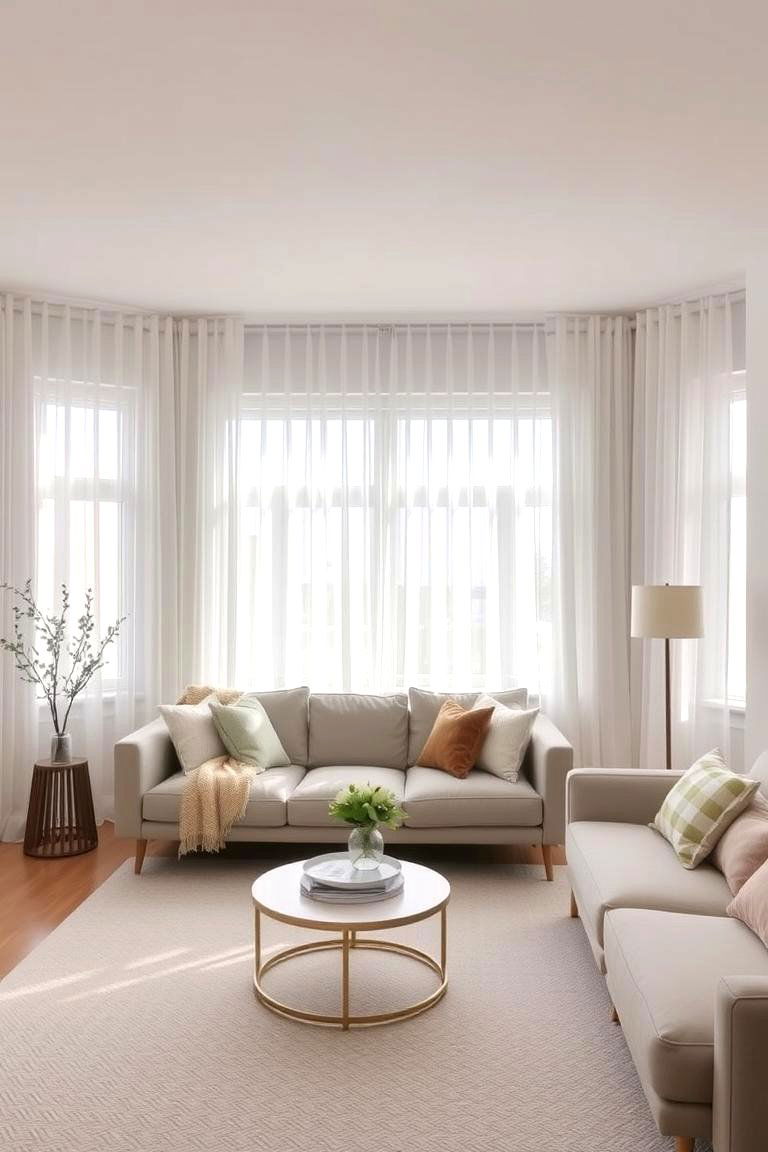
Window treatments are often overlooked in minimalist design, but the right choice can make a big difference. Opt for simple, neutral-colored curtains or blinds that blend seamlessly with the room’s overall look. Light, airy fabrics help maintain the openness of the space while providing privacy. Avoid heavy drapes or overly ornate designs to keep the minimalist aesthetic intact.
17. Minimalist Accessories for Subtle Detail
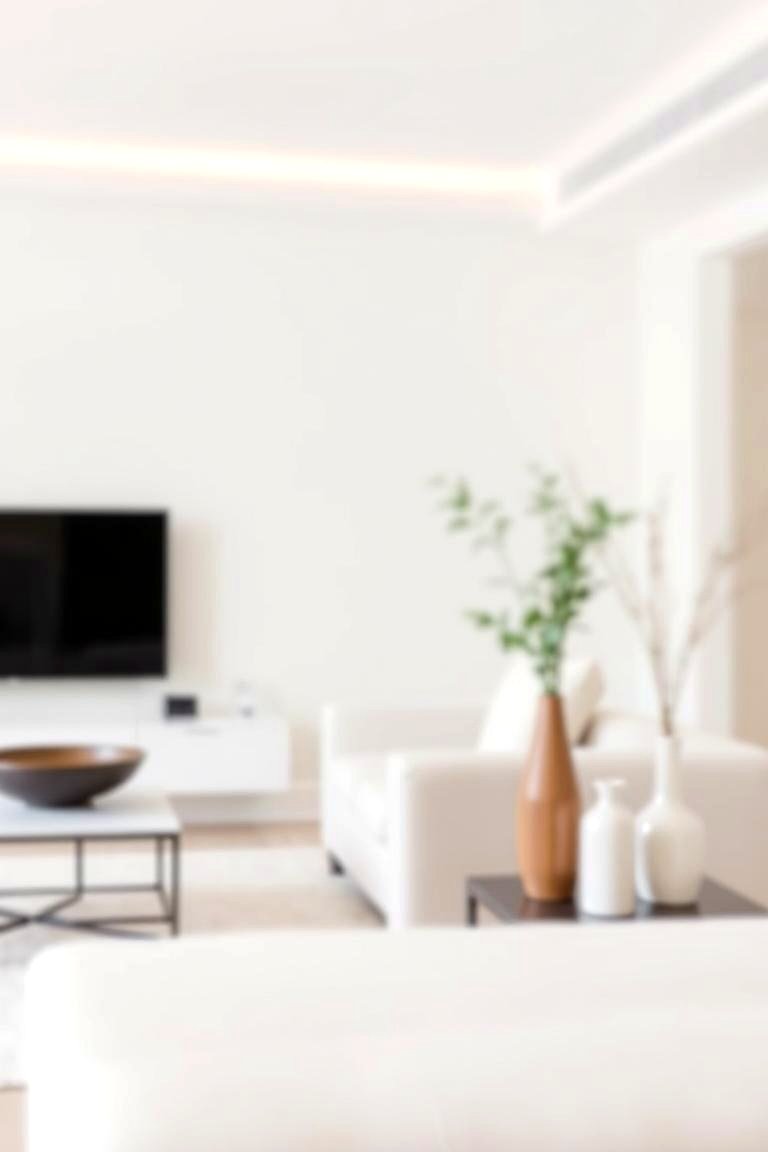
Accessorizing a minimalist living room requires restraint. Select a few key pieces that enhance the space without overwhelming it. A single decorative bowl, a unique sculpture, or a few simple vases can add interest while preserving the minimalist vibe. Keep accessories in neutral tones and simple designs to maintain balance and subtle elegance in the room.
18. Subtle Patterns for Depth and Interest
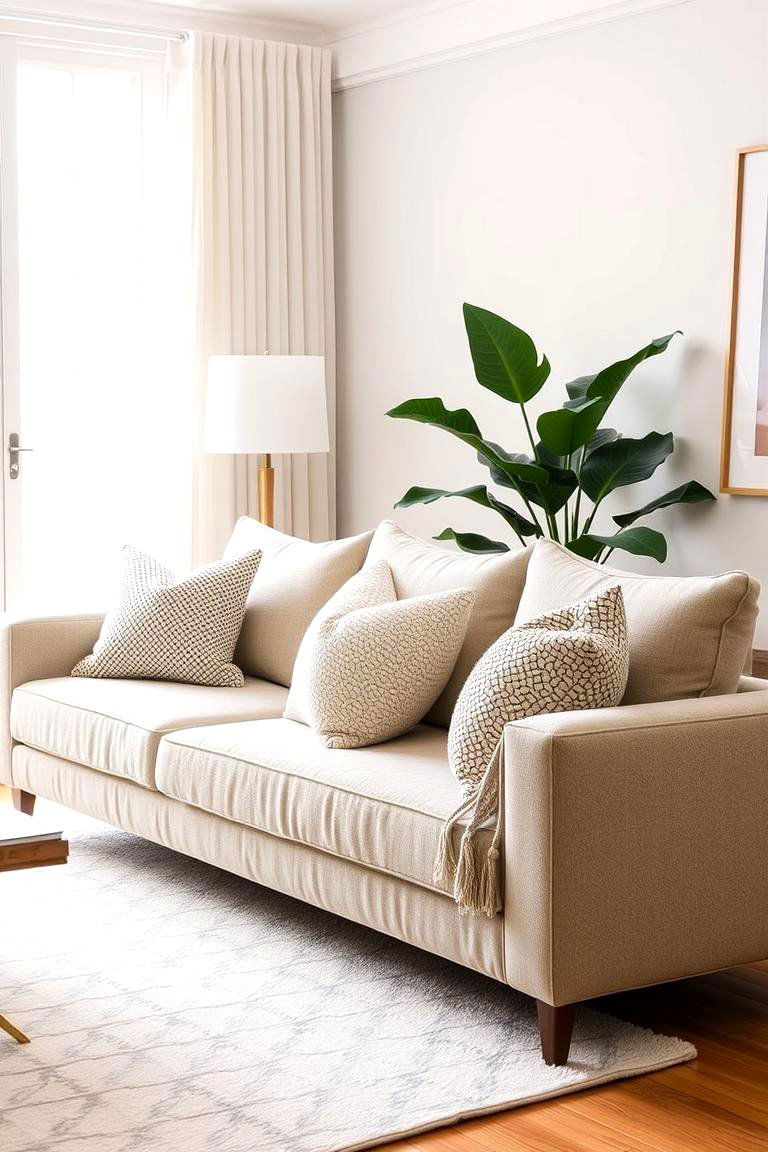
Incorporate subtle patterns into your minimalist living room to add depth and visual interest without overwhelming the design. Choose items like textured throw pillows, rugs with minimal patterns, or a wall with a soft, geometric print. These understated patterns can provide layers of visual appeal while adhering to the minimalist principle of simplicity.
19. Floating Shelves for a Modern Look
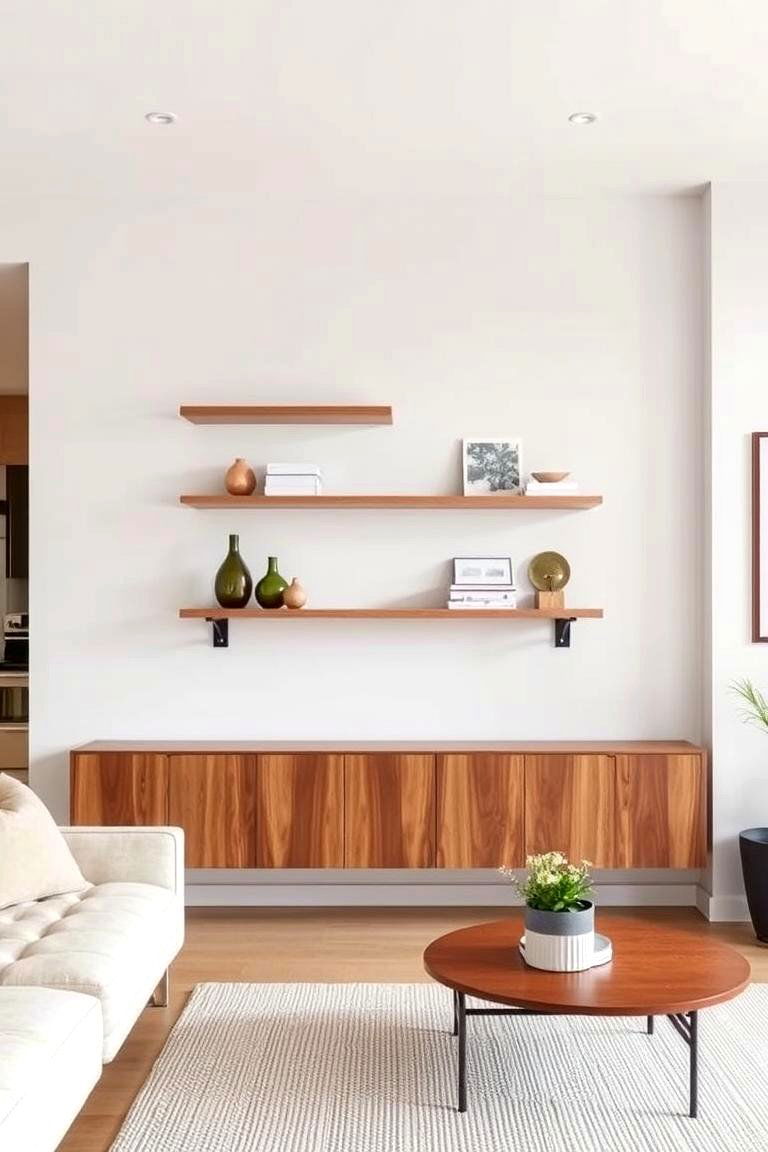
Floating shelves offer an elegant solution for displaying your favorite items without cluttering the space. These sleek shelves give the illusion of a lighter, more open room and allow you to showcase a few carefully chosen decorative objects. The floating design adds a modern touch to the space, keeping the overall aesthetic clean and uncluttered.
20. Minimalist Entertainment Centers for Sleek Storage
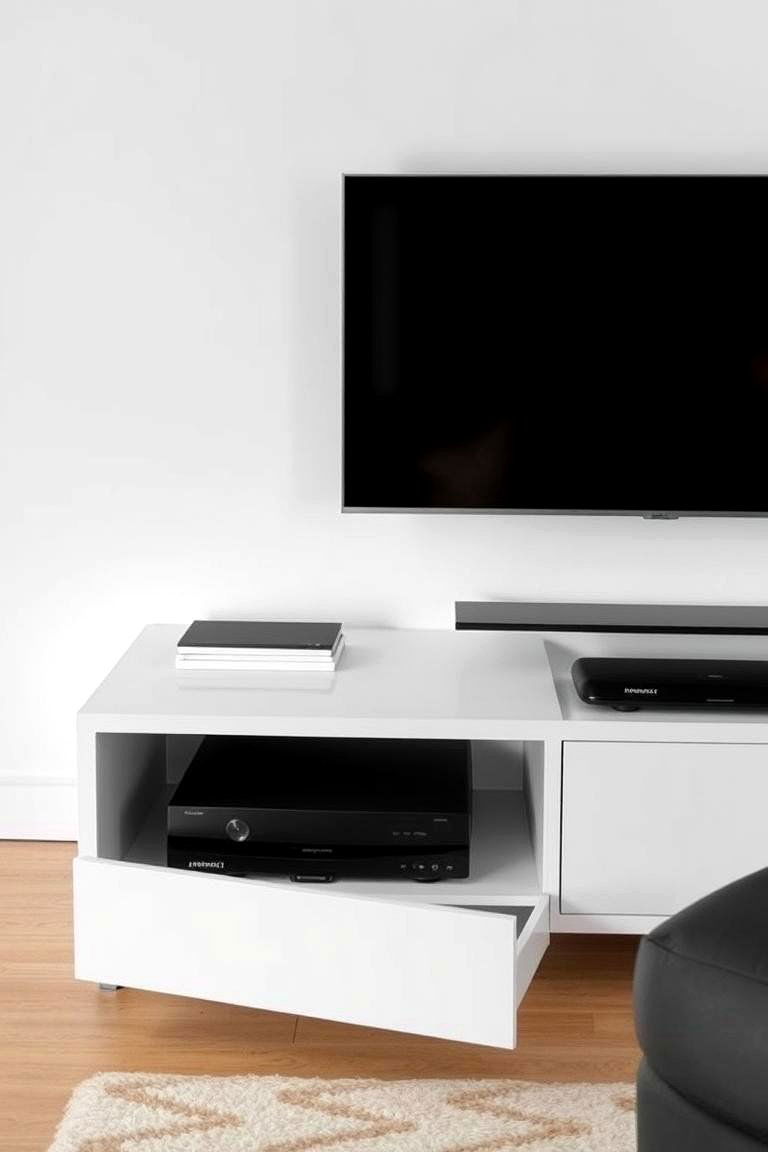
A minimalist entertainment center can serve as both a functional and stylish piece in your living room. Opt for a sleek, low-profile TV stand with clean lines and minimal ornamentation. Choose storage solutions that are hidden or discreet, such as drawers or cabinets that keep cables and electronics neatly stored away, maintaining the room's uncluttered look.
21. Soft, Comfortable Seating
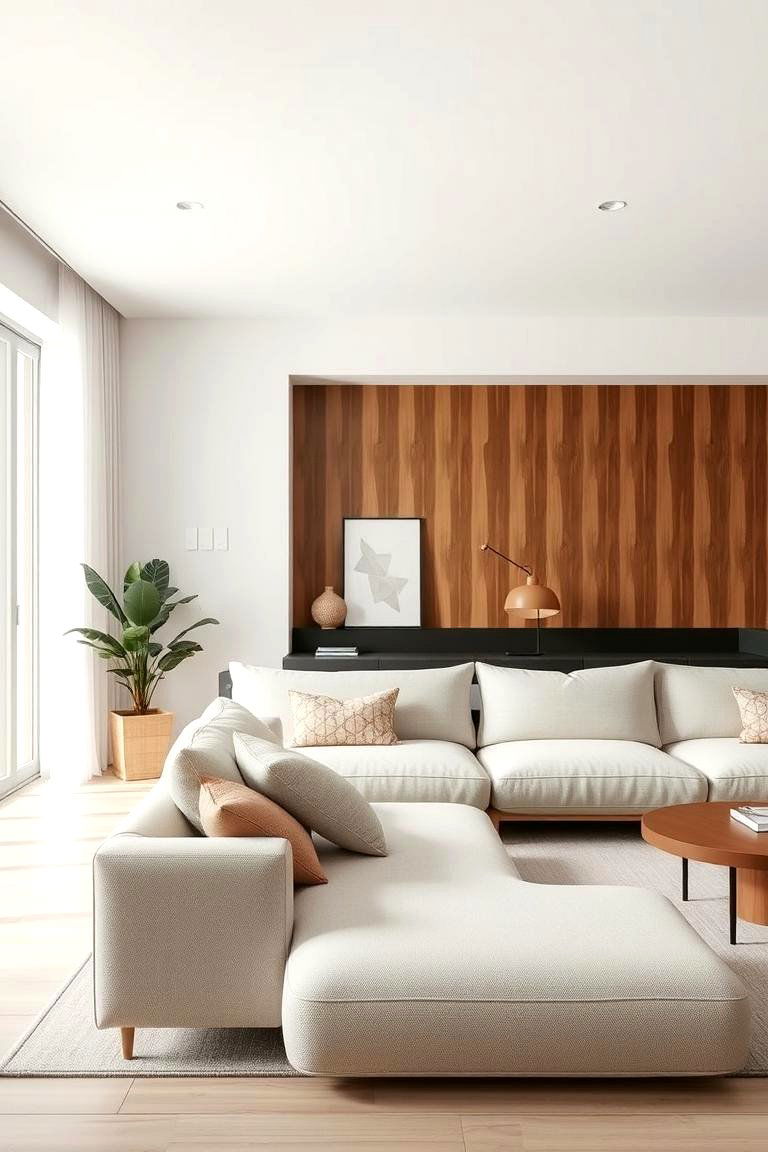
Comfort doesn't have to be sacrificed in a minimalist living room. Opt for soft, inviting seating that still adheres to the minimalist aesthetic. A plush sofa with a simple design can offer both comfort and style, creating a space where relaxation is the priority. Look for seating options in neutral colors that blend seamlessly into the room's design.
22. Statement Lighting Pieces
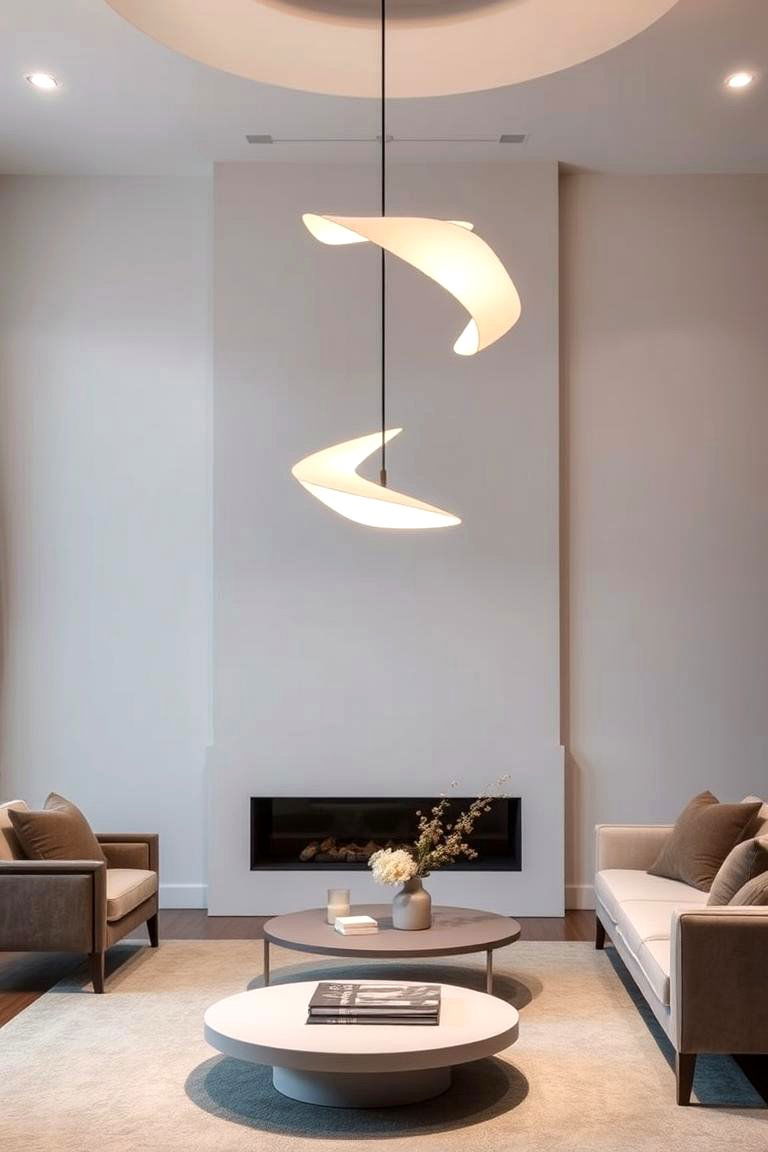
While minimalist design often favors understated lighting, you can still make a statement with one unique light fixture. A bold pendant lamp or a sculptural floor lamp can become a focal point without disrupting the overall minimalist theme. The key is to choose lighting that complements the room’s color scheme and adds personality without overwhelming the space.
23. Wall-Mounted Furniture to Save Space
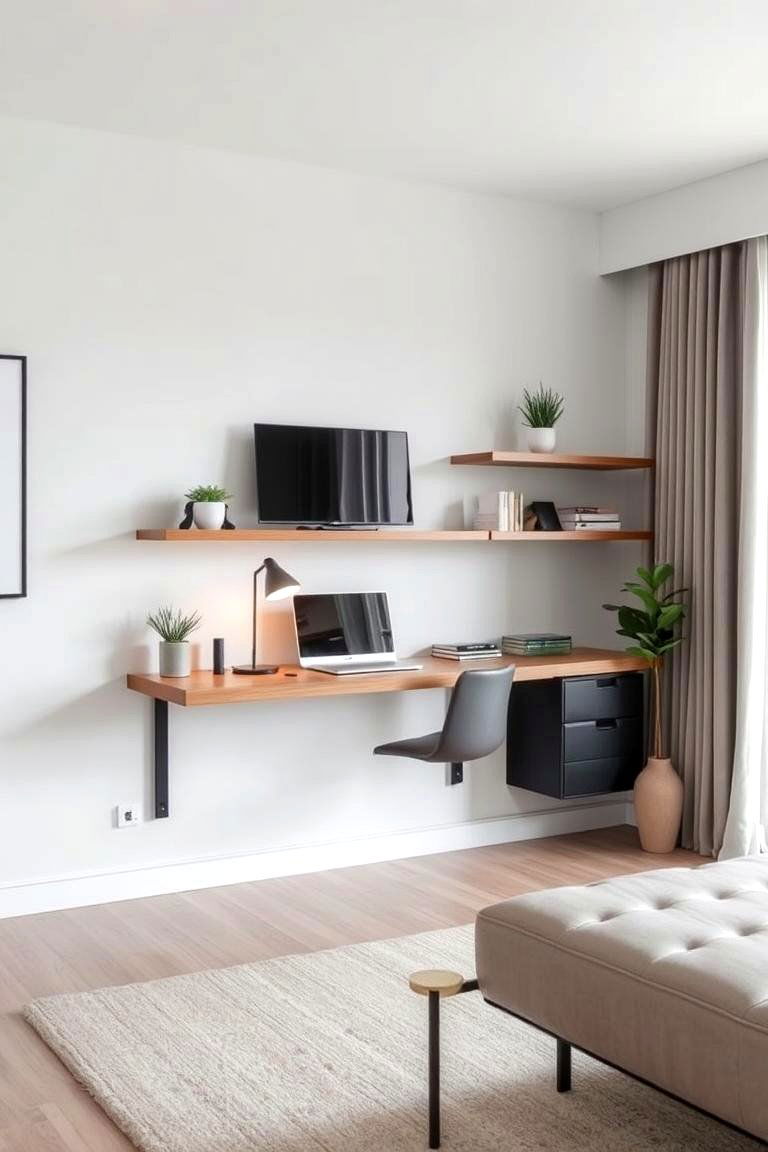
Wall-mounted furniture is an excellent way to save space and maintain a minimalist look. Floating desks, wall-mounted shelves, and TV units free up floor space, making the room feel more open. This approach enhances the room’s streamlined appearance while maximizing functionality, making it ideal for smaller spaces or those seeking a clean, modern aesthetic.
24. Personal Touches for Individuality
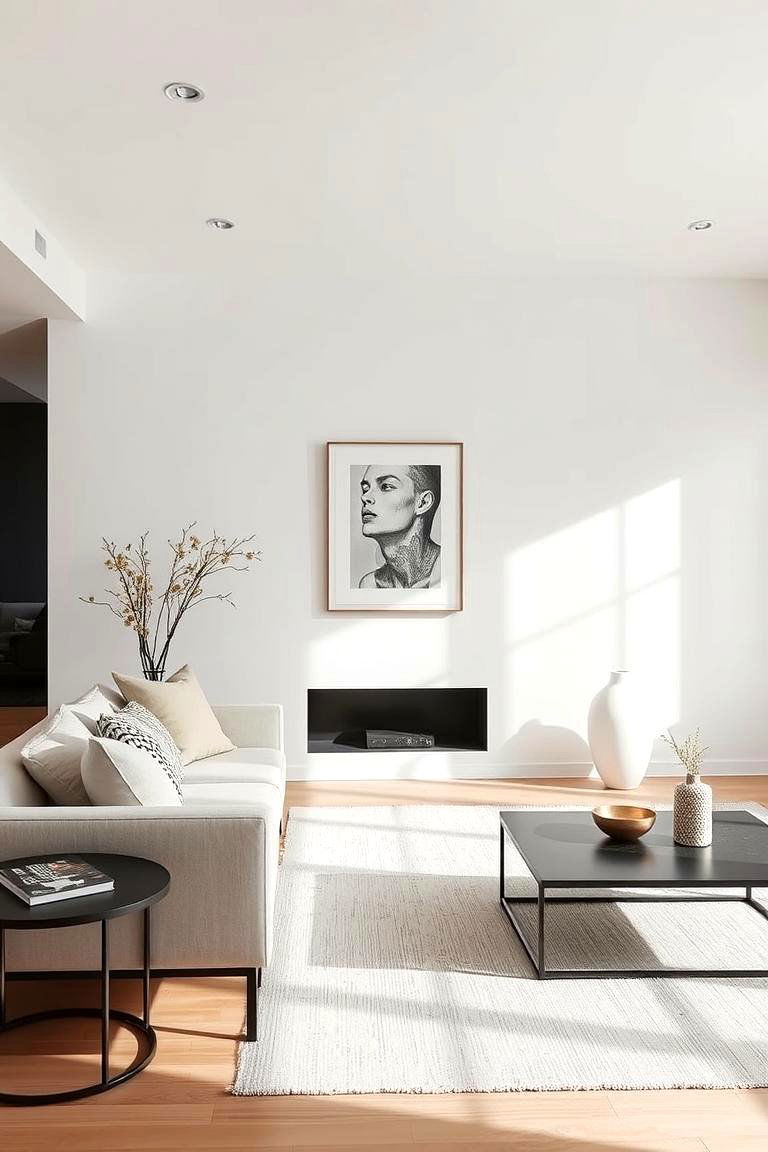
Even in a minimalist living room, it’s important to incorporate personal touches that make the space feel like home. Whether it’s a favorite piece of artwork, a cherished heirloom, or a unique decorative object, these items can reflect your personality without overwhelming the room’s design. The key is to choose items that hold significance while maintaining the minimalist aesthetic.
Conclusion:
Achieving a minimalist living room is all about balancing simplicity with function. By focusing on neutral tones, sleek furniture, and clever storage solutions, you can create a serene space that promotes relaxation and clarity. Whether you prefer a cozy, warm look with wooden accents or a cool, modern design with clean lines, there are endless possibilities to customize your minimalist living room to suit your style. By incorporating a few thoughtful design elements, your living room can become a peaceful, functional space where you can unwind and enjoy life's simple pleasures.


